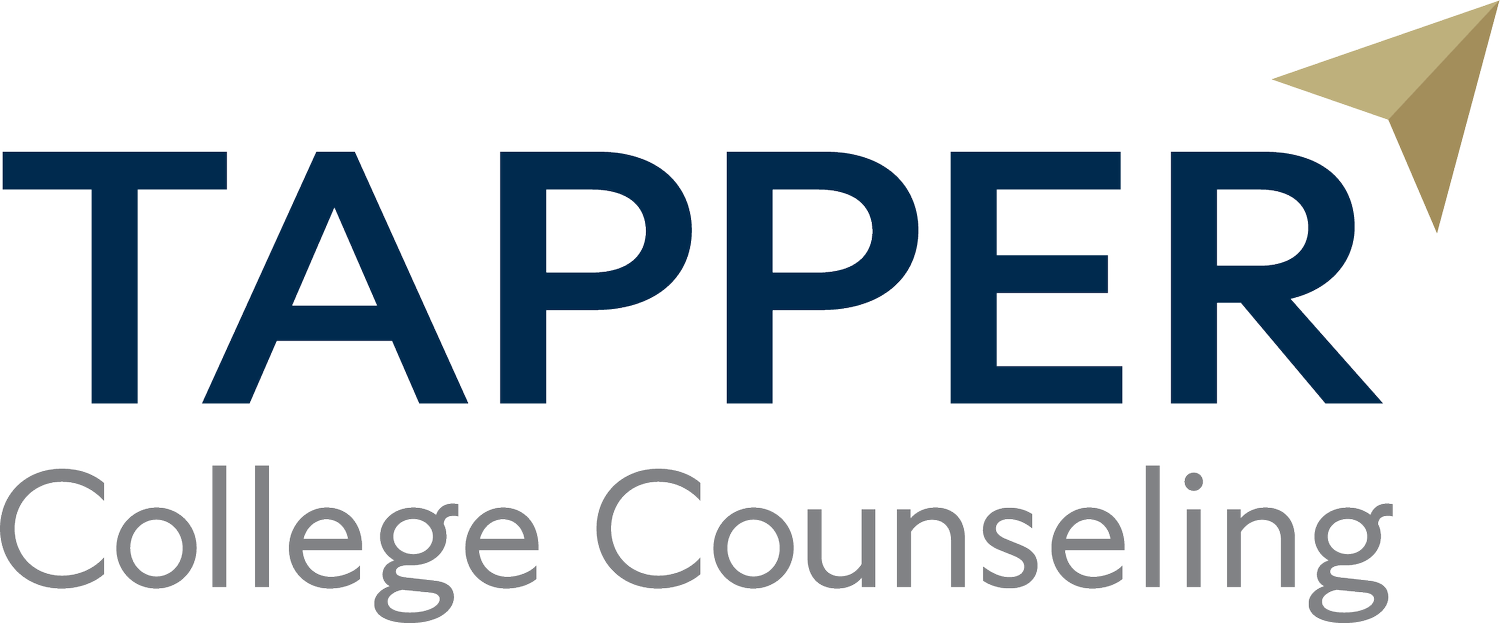Making the Most of Winter Break: A Guide for Juniors
Winter break is the perfect time to unwind and recharge after a busy semester. If you’re a junior, it’s also a golden opportunity to get ahead in your college planning without the usual pressures of schoolwork. Here are some ways to make the next couple of weeks productive and meaningful.
1. Prepare for the ACT or SAT
If you’re planning to take the ACT or SAT in the next few months, now is an excellent time to start—or continue—your preparation. Here’s how:
Take Mock Tests. Not sure whether the ACT or SAT is the better fit for you? Use this downtime to take a full-length practice test for both through an experienced test prep provider, which can analyze your scores and determine which test aligns with your strengths. Alternatively, take a mock ACT and compare your results with your PSAT score.
Set a Study Schedule. Break up your prep into manageable chunks. If you plan to work with a tutor or take a class, research options now and set up a schedule for the new year. Please reach out if you want suggestions on test prep companies or free resources.
2. Consider Your Summer Plans
Summer jobs and volunteer work are great. Consider academic research opportunities, internships, or classes that align with your interests. You don’t need to participate in expensive summer programs, most of which do not aid in the admissions process. There’s something out there for everyone. Are you looking to explore a career field, build your resume, or deepen your involvement in an activity you love?
3. Work on a Balanced College List
Winter break is an ideal time to make progress on your college list or start exploring, depending on where you are in the process. Here’s how to tackle it:
Do Your Research. Use tools like College Navigator and BigFuture to research schools. Consider factors such as size, location, majors, campus culture, and affordability.
Aim for Balance and Fit. Your list should include a mix of foundation, target, and reach schools that are an academic, social, and financial fit. Think about what matters most to you. Do you want a large university with many activities or a smaller college with a close-knit community? Check out this blog for a deeper dive into college list-building.
4. Plan College Visits
January, February, and March are great months to visit colleges in person, and you can do a lot of planning in late December and early January. If you’re not ready to travel far, visit colleges near home to get a feel for different campus environments. Touring a nearby large state university, medium-sized university, and small liberal arts college can help clarify your preferences, even if you’re not interested in those particular institutions. When visiting, prepare questions to ask admissions officers, such as about campus life, academic programs, and career support services. Take notes to help you compare colleges later. See this blog on college visits for more tips. Many offer virtual tours on their websites if travel isn’t an option; take advantage of these resources to explore schools from your home.
5. Take Time to Recharge
Though planning for the future is important, winter break is also a time to rest. Balance productivity with relaxation:
Spend Time with Family and Friends. Use this time to strengthen relationships and enjoy quality time with loved ones and friends.
Pursue a Hobby and Reflect on Your Goals. Whether it’s reading, playing music, or baking, take time to do something you love. Look back on the past semester and think about what you want to accomplish in the new year, both academically and personally.
Do you have questions about making the most of your winter break?
By using your time off wisely, you can set yourself up for success in the months ahead while still enjoying the season. Feel free to contact me with any questions about these topics or any other part of the college planning process. Happy Holidays!

